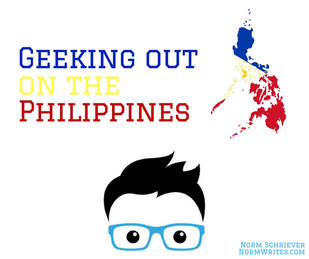
1. We all know that Filipinos are crazy about basketball, but did you know that the country’s professional league, The Philippine Basketball Association (PBA), is the second oldest hoops organization in the world, behind only the NBA?
2. With a dazzling array of flora and fauna, the Philippines is one of the top ten most biologically megadiverse countries in the world. In fact, more than 170 species of birds and 100 species of mammals habitat these 7,500 islands but nowhere else in the world! Just in the last decade, sixteen new mammals have been discovered in the Philippines. Amazing!
3. When a baby girl was born sometime in 2014, the Philippines population officially crossed the 100 million threshold. With a current estimated population of 106 million and change, it now ranks as the 12th most populous nation in the world. It’s also one of the fastest growing countries in the world with an annual growth rate of about two percent.
4. You may think I’m hitting on every stereotype about Filipinos when I mention their love of karaoke, but I didn’t know that a Filipino named Roberto del Rosario was the first one to patent the “Sing Along System” in 1975. It was actually invented by a Japanese man four years earlier ("karaoke" means "Singing without accompaniment" in Japanese), but this intrepid Filipino was the first to register its patent.
5. The country suffered one of the largest volcanic eruptions in history on June 15 1991, when Mt. Pinatubo erupted. The blast was so powerful that it shot 10 billion metric tons of magma and 20 million tons of toxic sulfur dioxide 25 miles high into the stratosphere. Mt. Pinatubo’s sent such a big mushroom cloud of ash into the atmosphere that it created a haze of sulfuric acid all around the world for two years, causing global temperatures to drop by one degree Fahrenheit!
6. We see them every day here in the Philippines, but jeepneys are a remarkable form of transportation that exist nowhere else in the world. Converted from the mass surplus of army jeeps that the U.S. military left after World War II, there are still 50,000 smoke-billowing jeepneys operating just on the streets of Manila.
7. Filipinos love hanging out at their local shopping mall. (I get it – they're clean, safe, and the AC is kicking.) But I never knew that the Philippines is home to three of the ten largest shopping malls in the world: the Mega Fashion Hall of SM Megamall (third-largest in the world, encompassing 5,451,220 sq. ft.), SM City North EDSA (fourth largest) and SM Mall of Asia (tenth largest).
8. The island of Camiguin stands out even among the many natural wonders of the Philippines, as it’s home to the most volcanoes per square mile of any island on earth. Only about 14 miles long and 8.5 miles wide, Camiguin also holds the distinction as the only island on the planet with more volcanoes (7) than towns (5). But don't worry – they've been dormant since the 1950s.
9. Typhoons wreak havoc in the Philippines all too often, but in 2013, it was Super Typhoon Haiyan (called Yolanda locally) that ripped through the archipelago. Yolanda brought the strongest winds ever recorded at landfall as well as the strongest one-minute sustained wind speed of 195 mph. Sadly, it was also the deadliest typhoon in Philippines history, killing at least 6,100 people and displacing millions according to government reports (although locals estimate the death toll to be closer to 15,000, and a thousand people are still missing).
10. Since all Filipinas are beautiful, inside and out (I’m trying to earn major points for that one), beauty pageants are a big deal here. But our contestants have also shined on the world stage, as a Filipina won Miss Universe three times (as recently as 2015), Miss World in 2013, Miss International six times, and Miss Earth four times.
Maganda! (That means 'beautiful' in the Filipino language.)
-Norm :-)
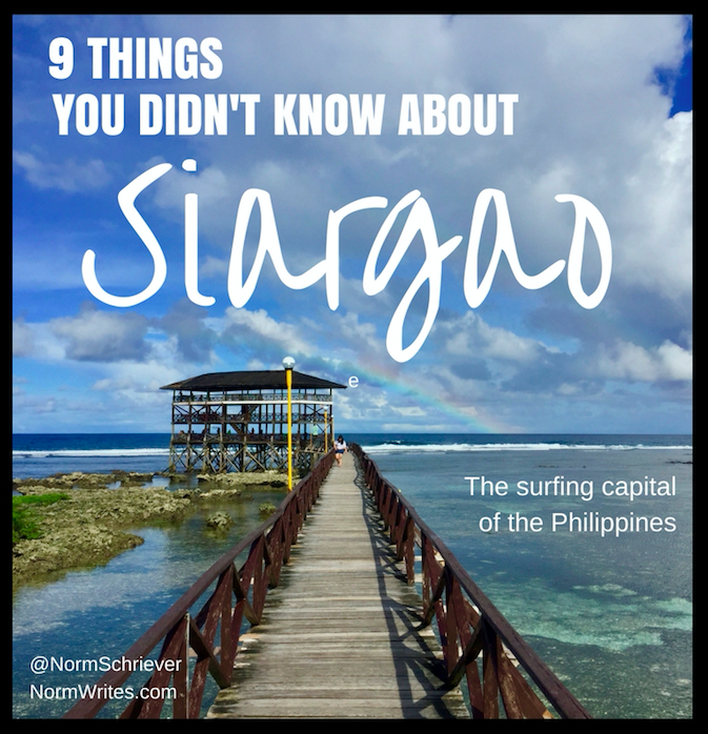
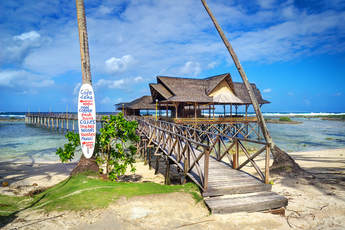

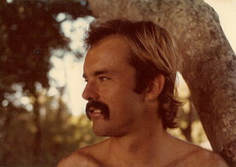

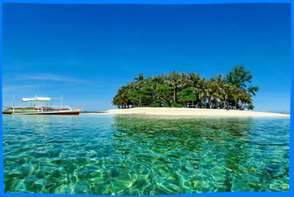

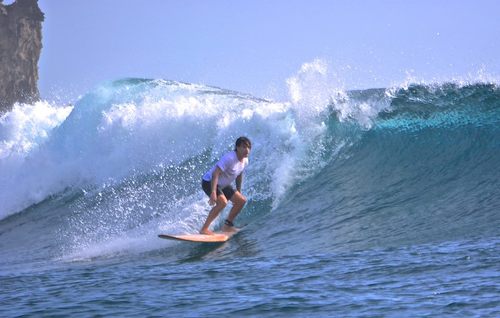
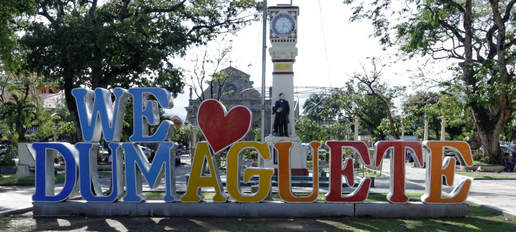
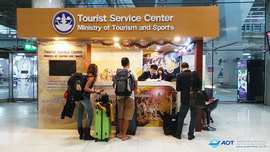
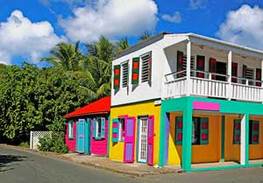
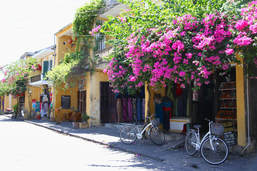
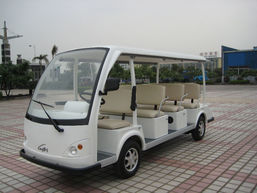






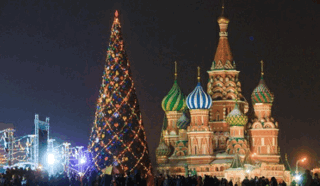


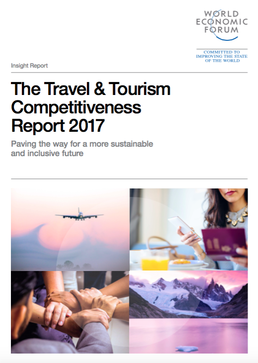
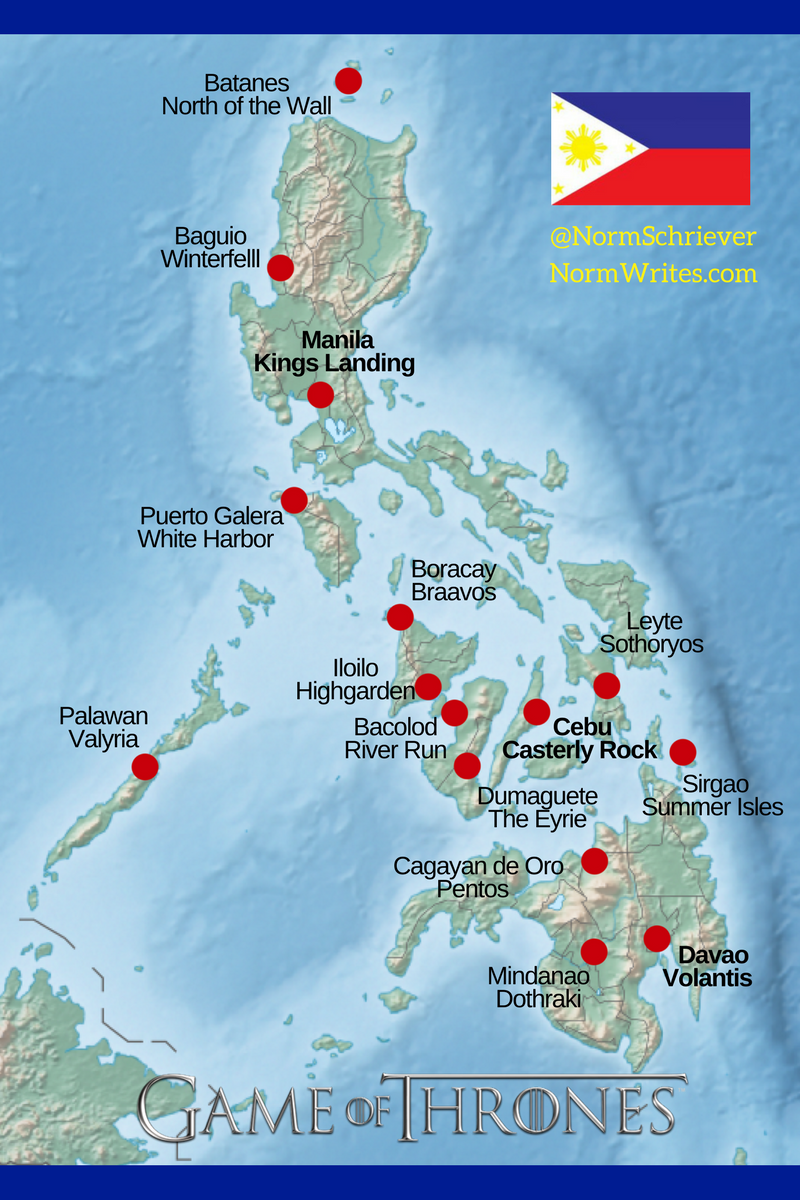

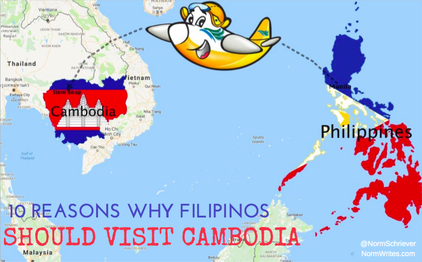


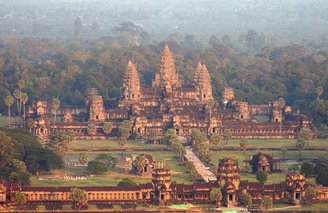



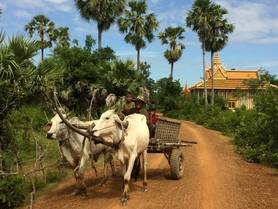
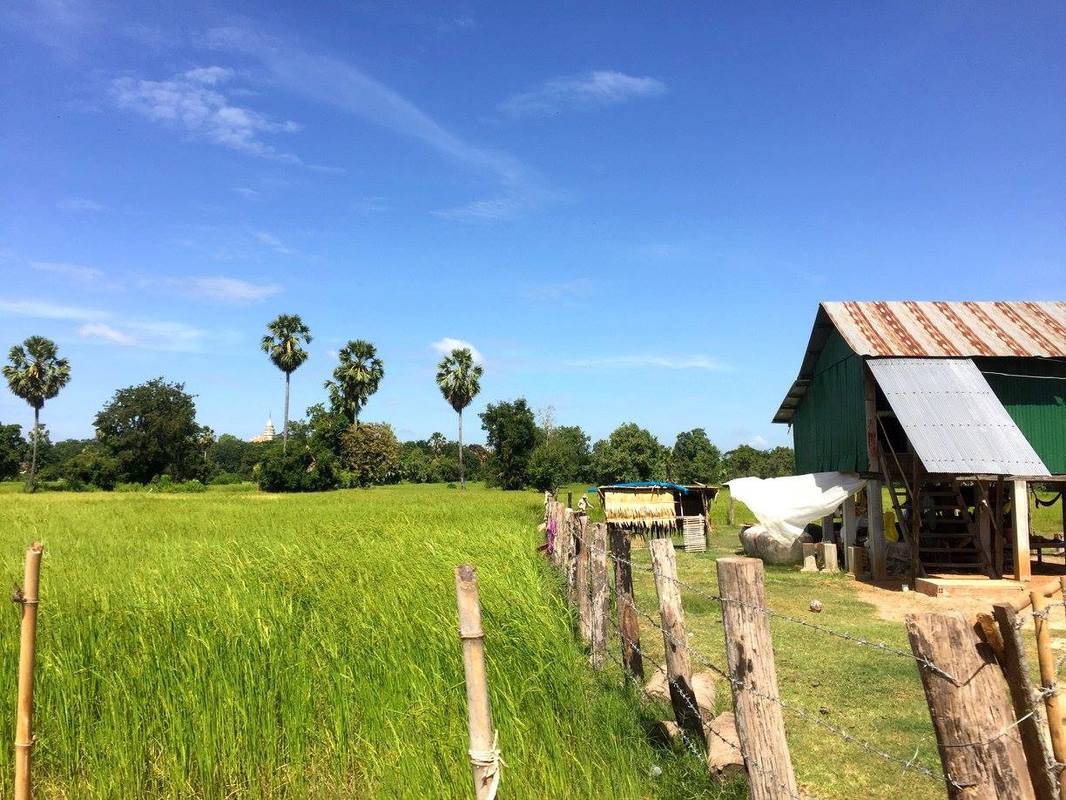
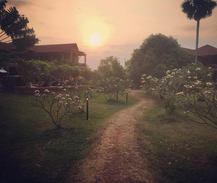
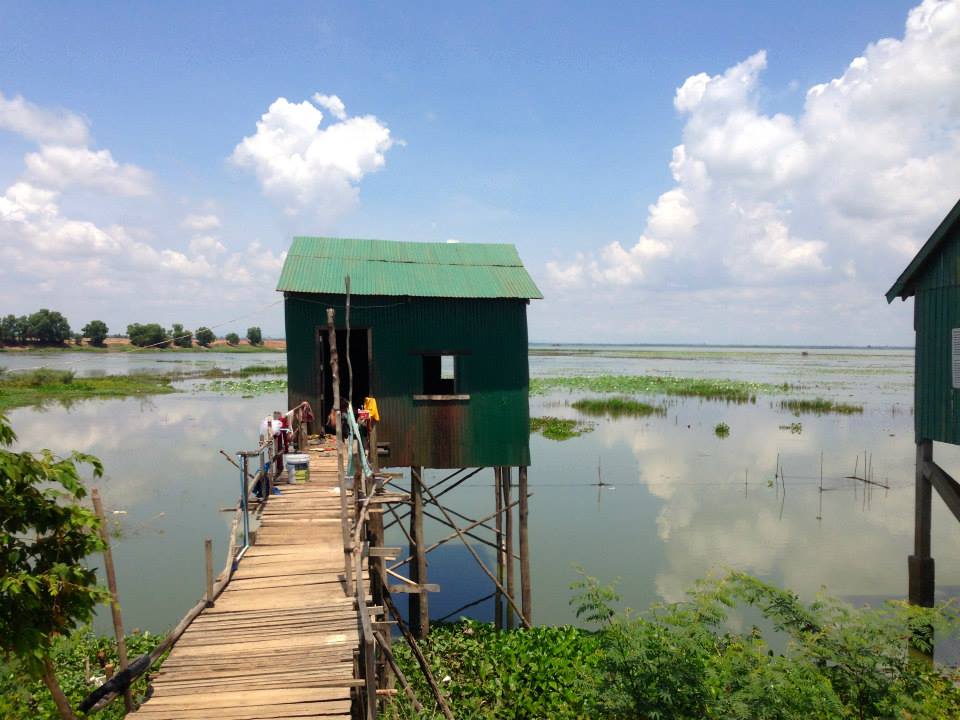
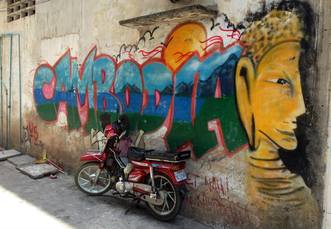
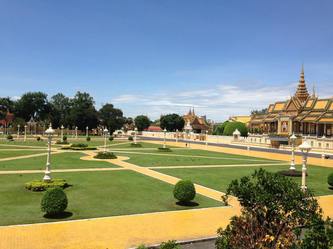
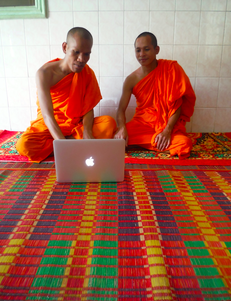
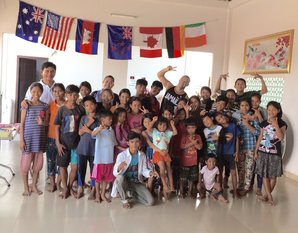
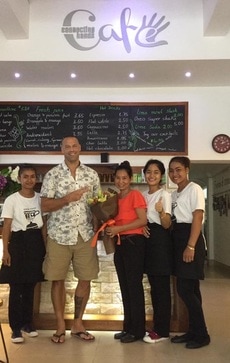

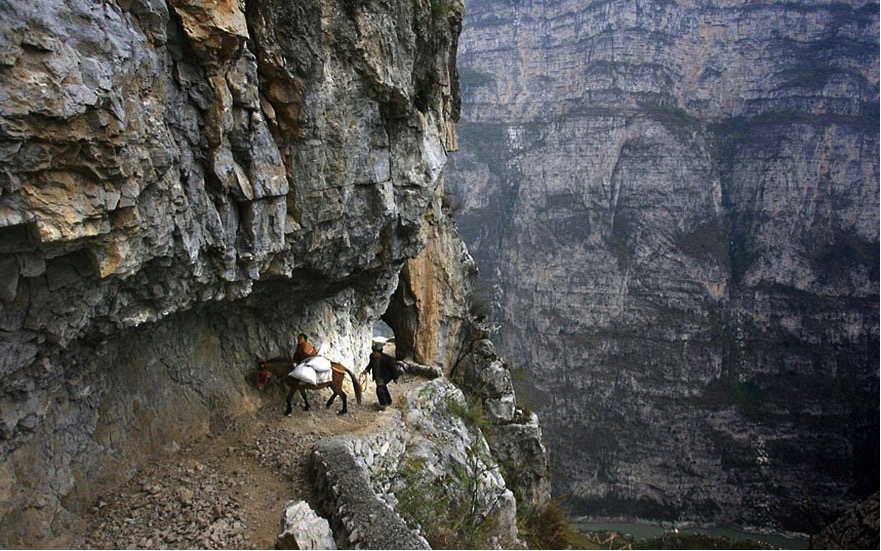
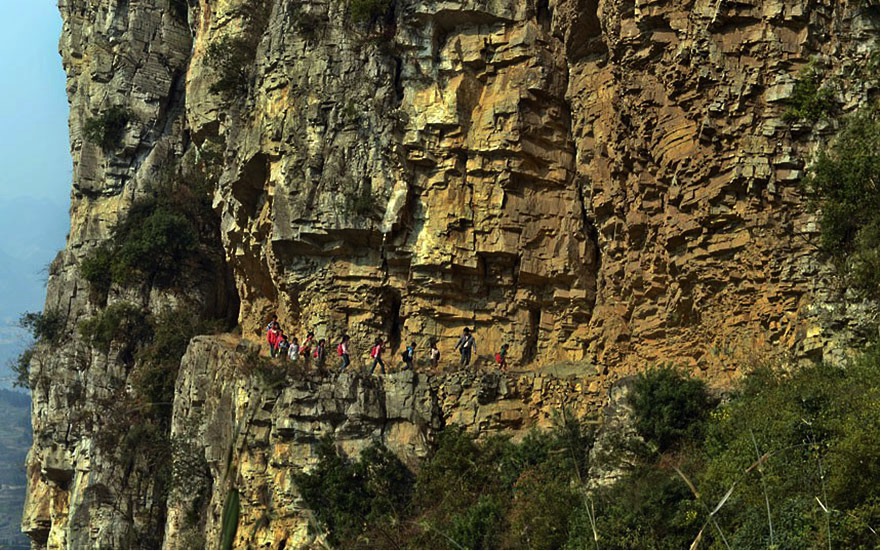

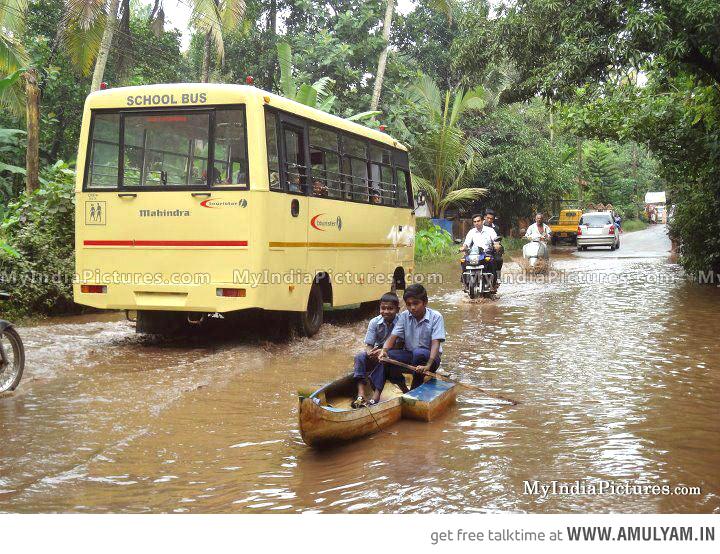
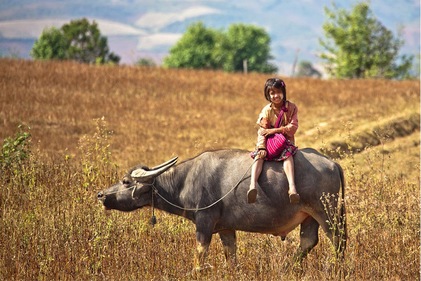

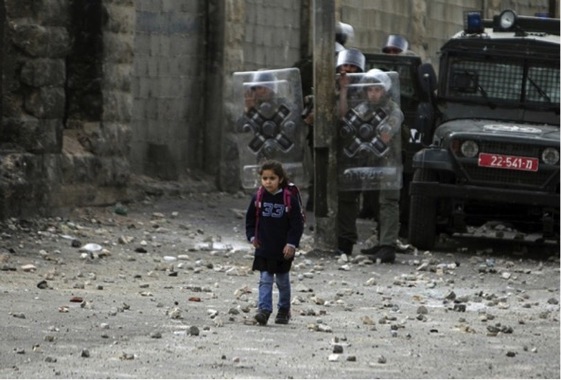
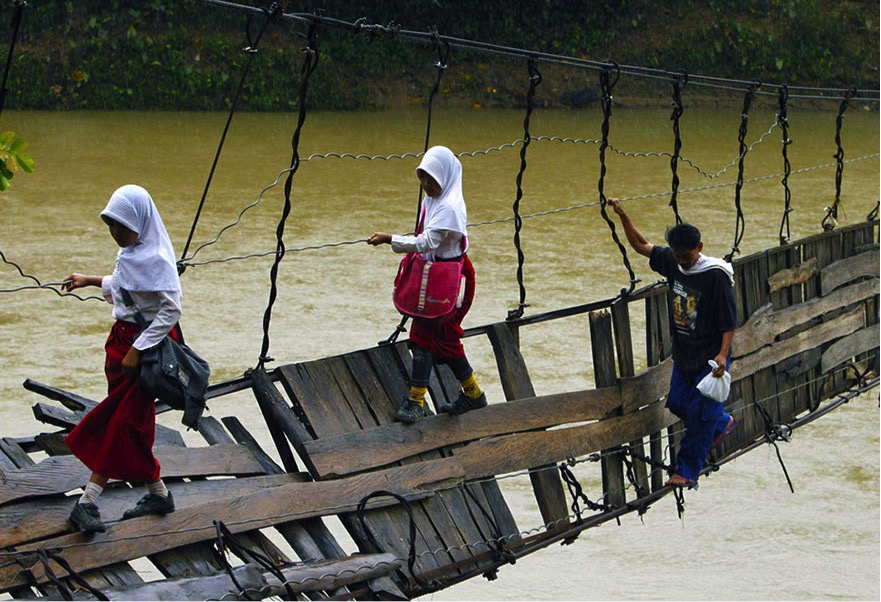
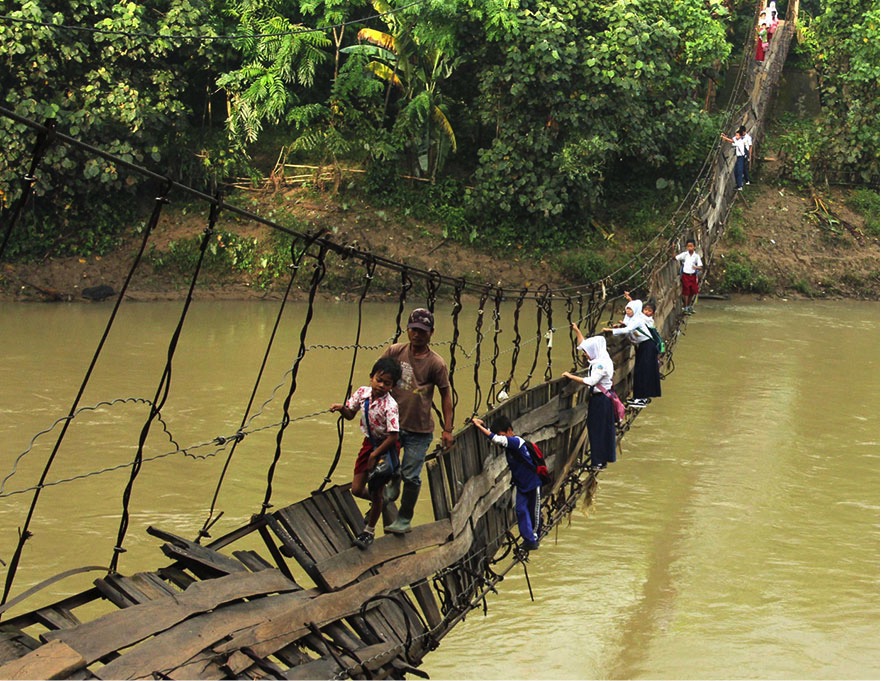
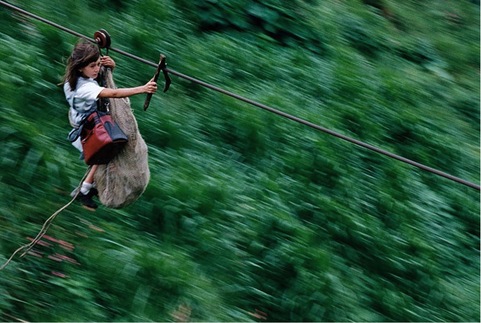
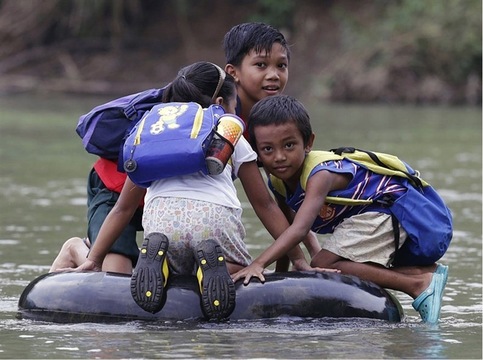
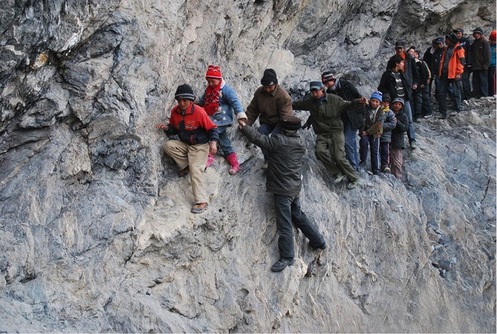
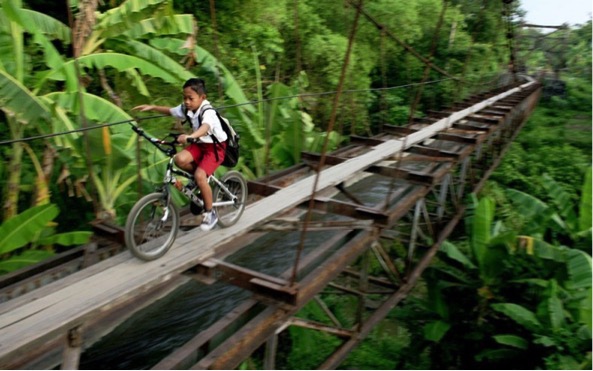
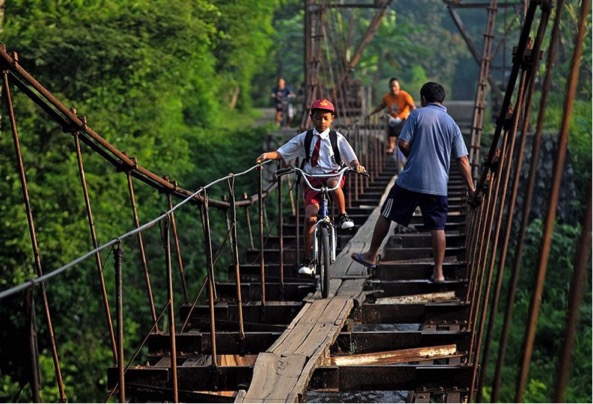
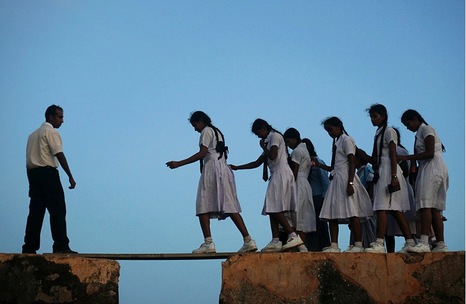
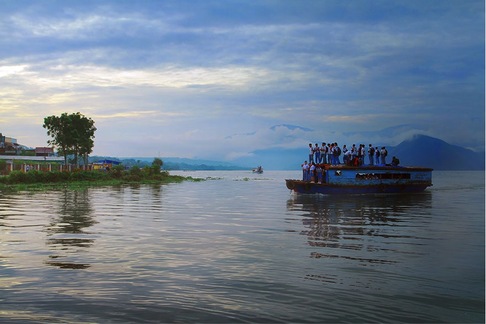
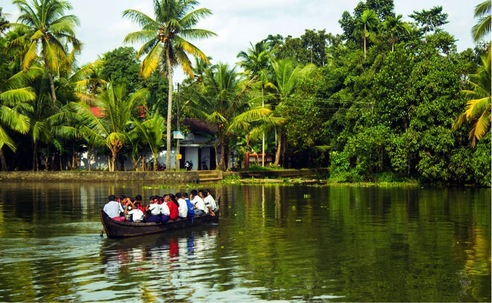
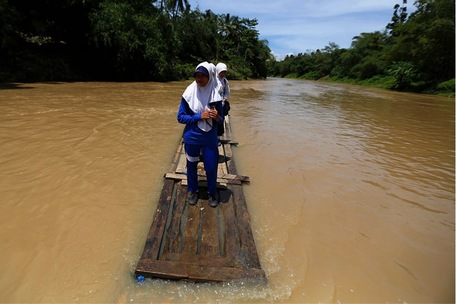
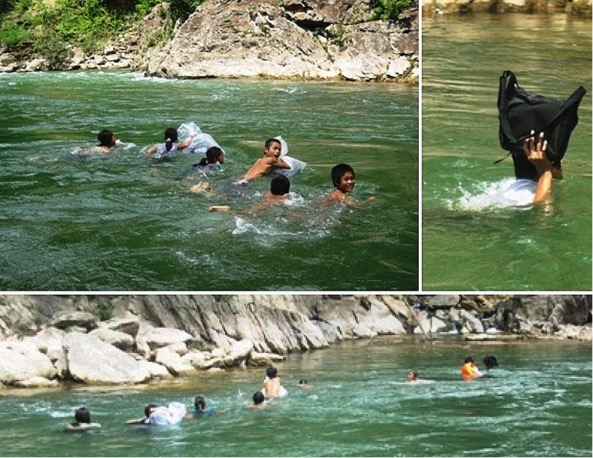
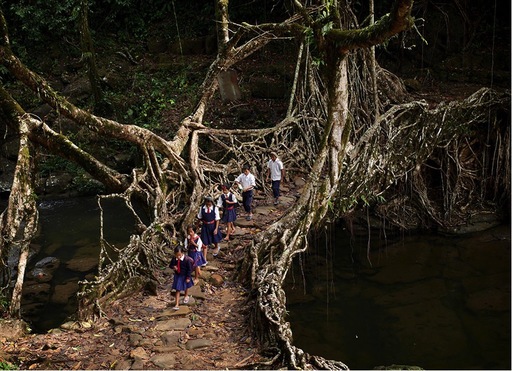
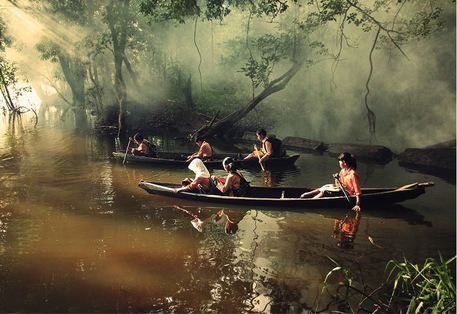
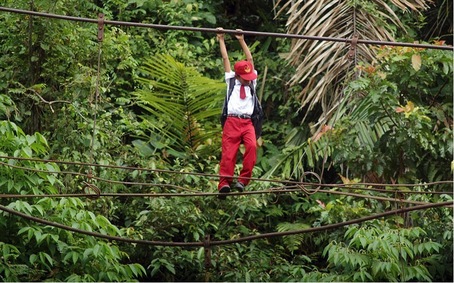
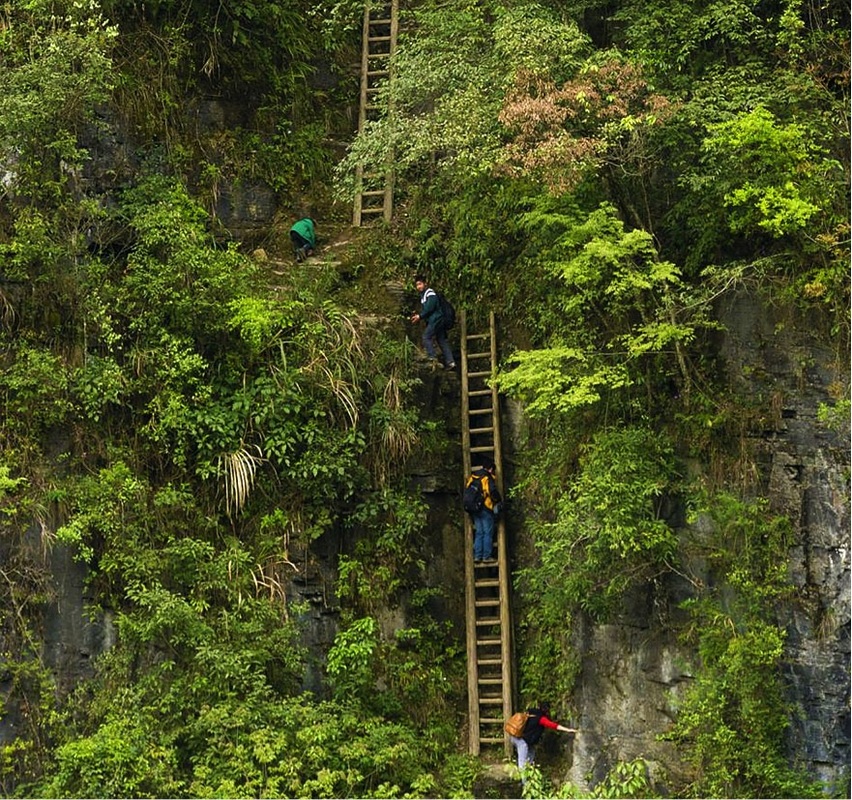
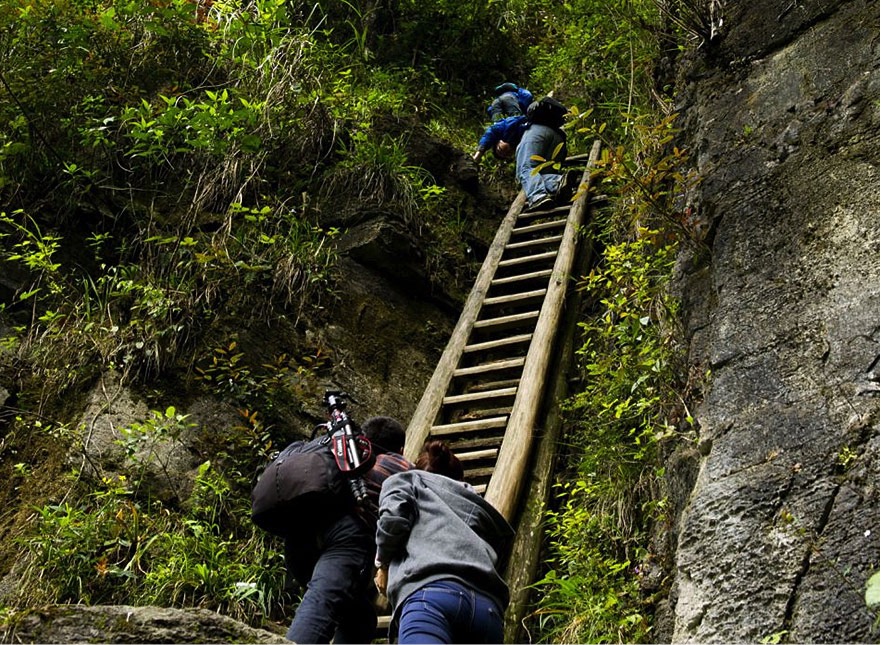
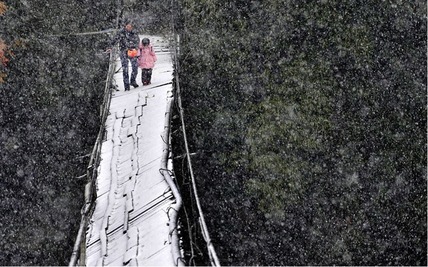
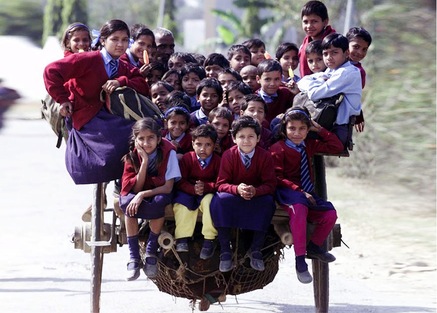
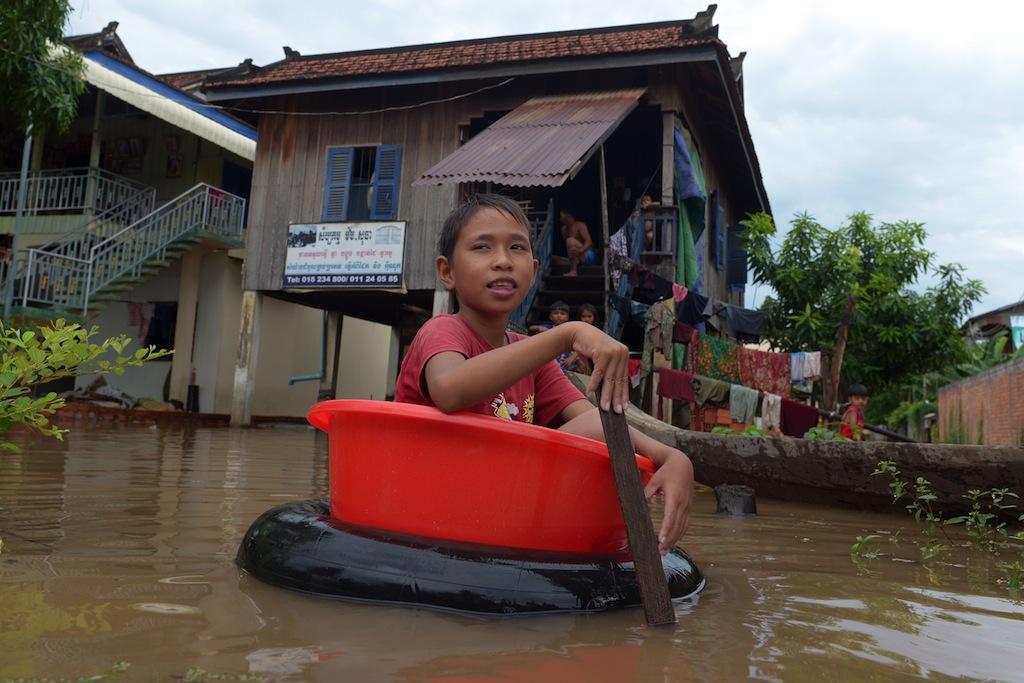
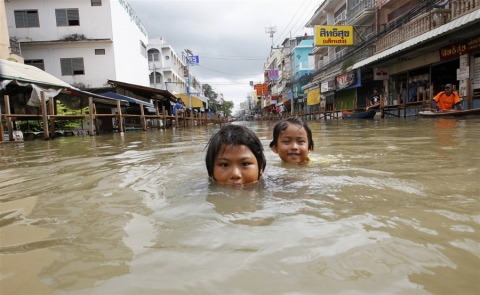
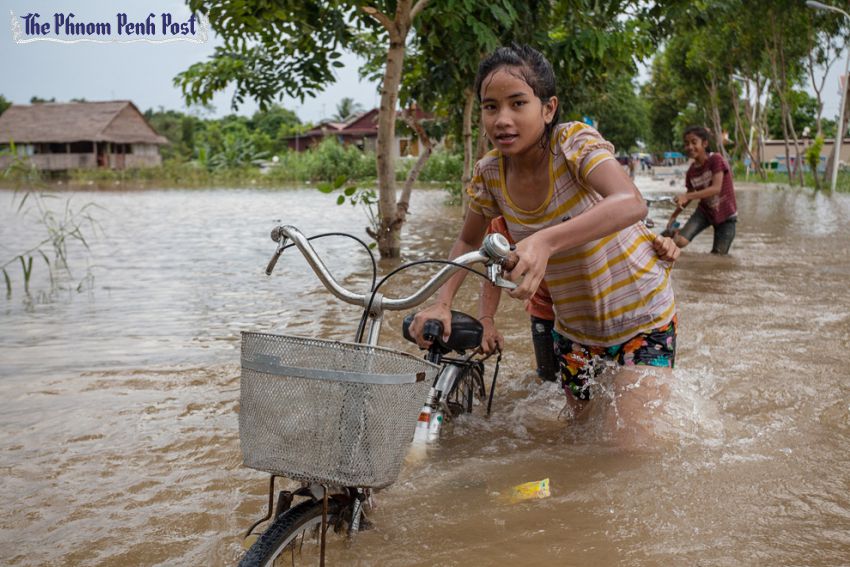
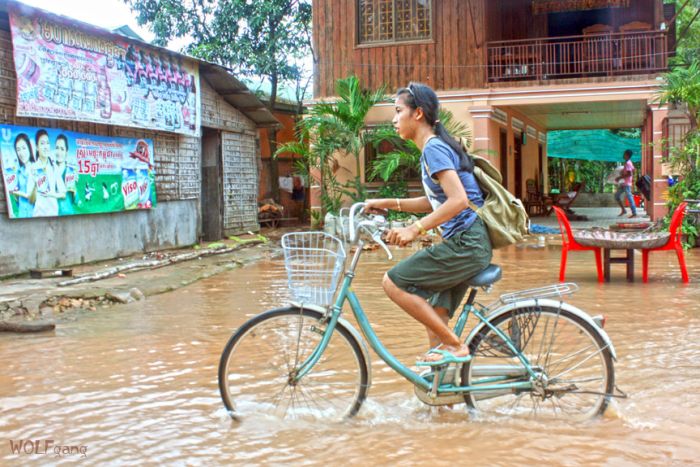
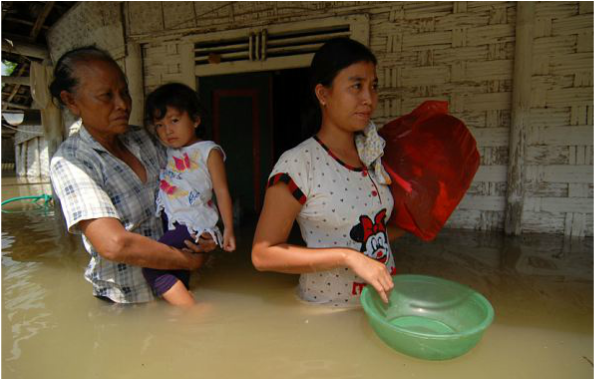
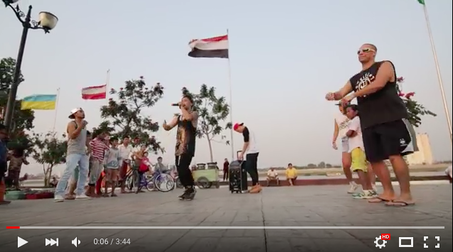
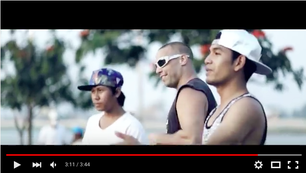
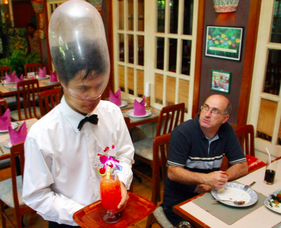
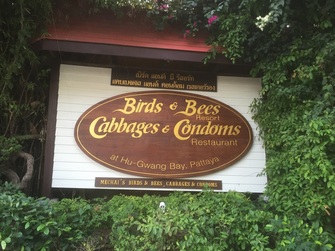

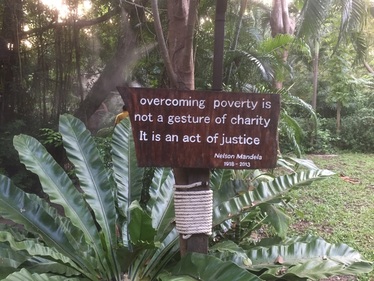
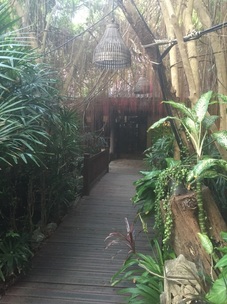

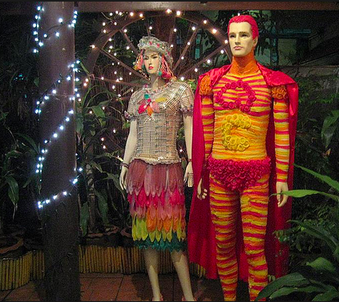
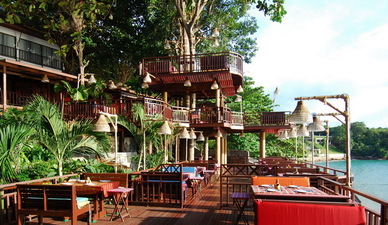
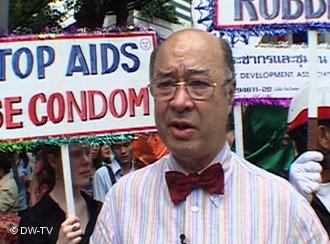

 RSS Feed
RSS Feed